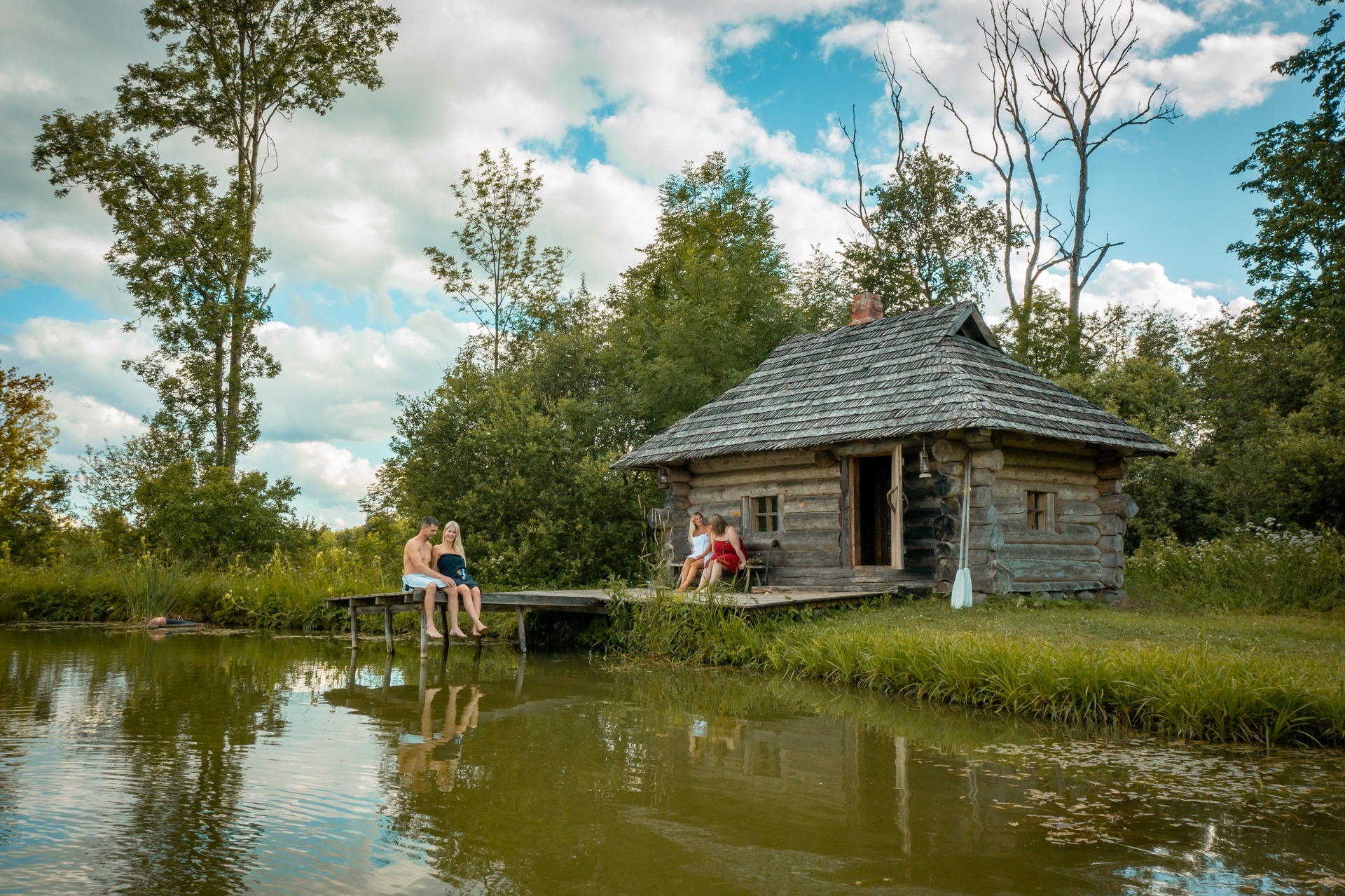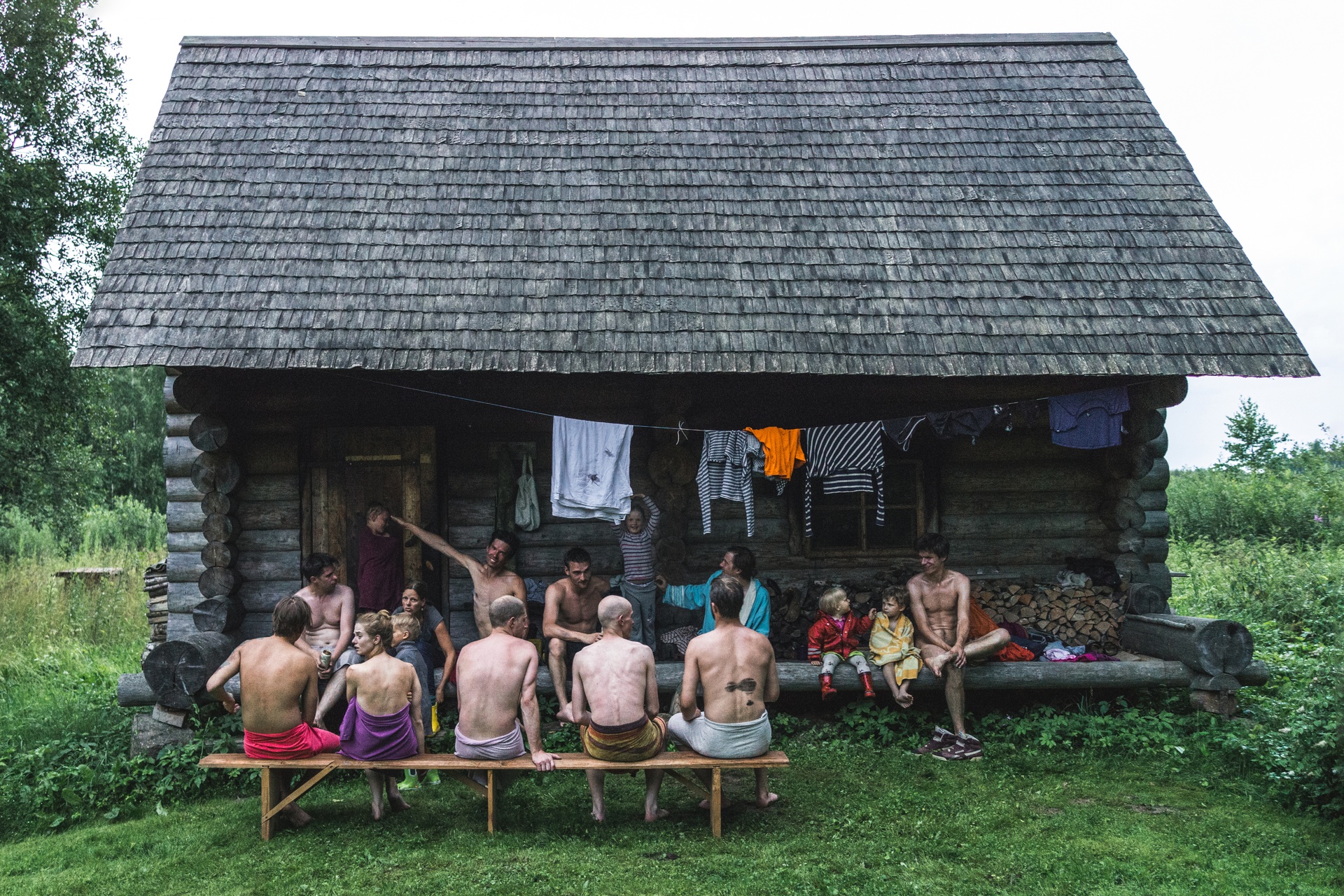
Everything you need to know about sauna in Estonia
Visiting the sauna in Estonia is the most "like a local" experience you can have. Whether it's electric- or wood-powered, you will emerge transformed!
The sauna is Estonia's original social network. When the stones heat up, Estonians open up
Sauna is a place for sharing and connection, cleansing, and relaxing. It is the one social interaction in Estonia that is always better in real life than online.
Source: Visit Estonia
The history of sauna in Estonia
Medicinal baths and health resorts have been used in Estonia for more than 200 years, but Estonia's sauna tradition goes back even further — the first written records of sauna bathing date back to the 13th century!
In the past, saunas were used as birthing rooms, as they were the cleanest rooms in the house, and as a place to attend to the dying or as a curative for the ill. They have also been used as smokehouses, which is how the smoke sauna tradition developed in southern Estonia.
The sauna tradition is an important part of the country's identity even today.
New households still build saunas first, and in many ways, life revolves around the sauna. While most births and deaths no longer occur in the sauna, sauna is an important part of everyday life. You may still hear "Laupäev on saunapäev," which means "Saturday is sauna day," though Estonians will go any day of the week nowadays.
Although sauna may seem like a winter activity, Estonians go all year round. Traditionally, sauna evenings take place on Thursdays, Saturdays, and the night before a major holiday — like Christmas Eve, New Year's Eve, or June 23rd, the night before Jaanipäev. However, there are always opportunities to go to the sauna — family gatherings and birthdays are celebrated with sauna. If you don't have a reason, inventing one is perfectly acceptable. When you visit Estonia, a trip to the sauna is the most "like a local" experience you can have.
In 2023, Estonia celebrated the Year of the Sauna.
Saunas will continue to refresh and rejuvenate visitors in 2024 and beyond.
Which sauna experience is on your bucket list?
These articles will help you explore your options.
What is the proper sauna procedure?
A traditional Estonian sauna is usually a small wooden hut that stands at some distance from the main house on the property. However, you may also find a sauna in the basement or in a room adjoining the terrace. Many apartments even have a sauna next to the bathroom.
Some preparation is required as the sauna has to be preheated. Wood saunas may take two to four hours, while electric saunas may heat up faster. Men and women often go to sauna separately and swimsuits are frowned upon, towels perhaps more tolerated.
Heating up and cooling down
The most important thing when going to the sauna is the steam, which stimulates sweating. Estonians have a word for this: leil, which means "the steam generated by pouring water onto hot rocks in a sauna." Leil has many benefits for those in need. It cleanses the skin and increases heart rate. When sitting in the sauna, you might feel it is easier to breathe and move. The heat does its magic by expanding your bronchi and relaxing the joints. With leil comes viht, the famous sauna whisk. Typically made from birch branches, a brisk beating of the body raises your temperature and acts like a massage while mixing the layers of air inside the sauna.
After you heat up, it's time to cool down. Saunas are often built next to the sea, a river, a lake, or a pond, so you can jump into the water to cool down. During winter, brave sauna-goers will cut a hole in the ice before taking a dip or even rolling around in the snow. The rapid temperature change stimulates blood flow and strengthens the immune system. If that sounds too bracing, you can stand in the cool air outside the sauna while enjoying a cool drink.

Sauna is for everyone...
...young and old, locals and visitors alike.
Estonia's UNESCO-listed smoke sauna tradition
Smoke sauna has always been an important part of everyday life in Võromaa, in South Estonia. Like a traditional sauna, the Estonian smoke sauna usually consists of a small house heated with wood in a brick oven. However, the smoke sauna has no chimney through which the smoke can escape. Instead, it circulates inside the room while the sauna is heating. Before the actual sauna session begins, the fire is allowed to die, and most of the smoke is released from the room.
In 2014, UNESCO included the smoke sauna phenomenon in its Intangible Cultural Heritage list. Nowhere is it upheld more devoutly than in Old Võromaa, especially at Mooska Farm. The hosts at Mooksa Farm are Eda and her partner Urmas who have the passed-down knowledge of this timeless practice in their blood.
The smoke sauna ritual consists of many stages that must be followed carefully. But above all, you must be prepared to place life on hold, let go of all worldly worries, and allow yourself the time to be refreshed, invigorated, and healed. Clothed only in a felt hat, you'll enter the sacred hot room, where you are met by the heady aroma of burning wood. The steam created by throwing water on heated stones is said to clear your mind, root you to the earth below, and connect you with your ancestors. Soon, you'll rub yourself with ground plants and salt, followed by the 'whisking', when you'll beat your body with birch boughs to exfoliate skin and stimulate circulation. Then, you'll plunge into the icy waters nearby to cool down and rinse off.
Estonian smoke sauna on the big screen
Anna Hints won the directing award for her film "Smoke Sauna Sisterhood" at the Sundance Film Festival in the United States, and her film was put forward as Estonia's nomination for the 2024 Academy Awards in the Best International Film category. In December 2023, it won the European Documentary of the Year award from the European Film Academy.
If you're not able to join us in Estonia, then watch the film and get a virtual sauna experience.

Source: Ekvilibrist - Estonian Saunas
Take part in the ultimate sauna experience!
On February 8th 2025, the European Sauna Marathon invites participants from 20 countries to enjoy Estonian sauna culture. This is an orienteering game between saunas. Teams of four people must visit all mapped saunas as quickly as possible.

Source: Andres Raudjalg
Last updated
29.04.2024